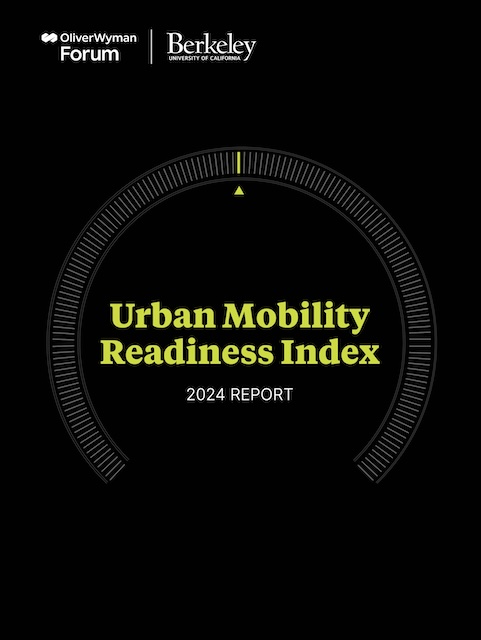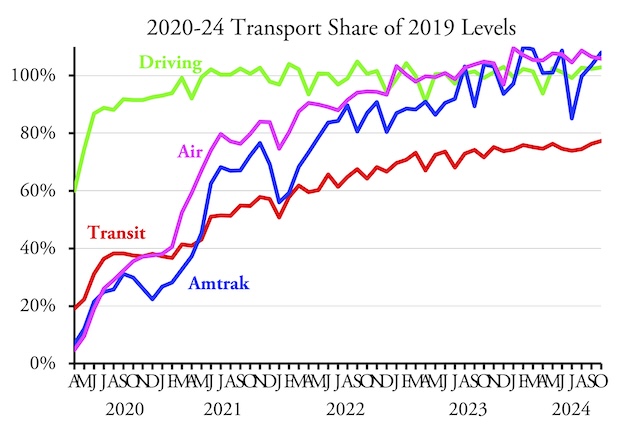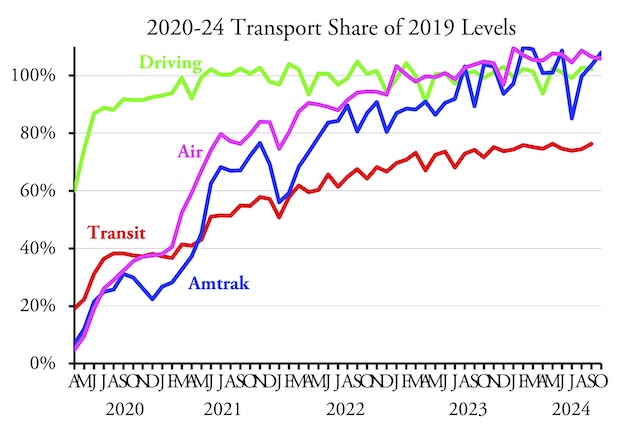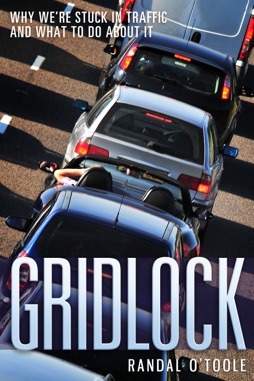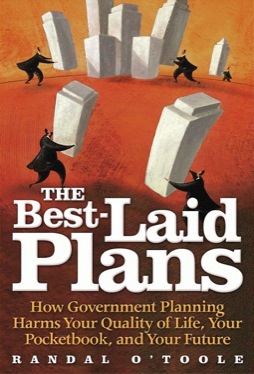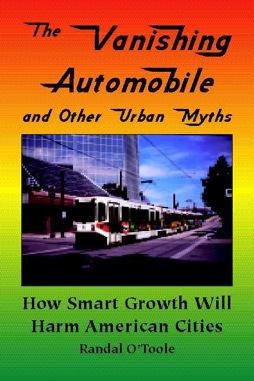The news from California this week is that Michael Hursh, the CEO of the Alameda-Contra Costa Transit District (AC Transit), is resigning, but the agency will continue to pay him through September as a “senior advisor.” The real news is how much he was paid: according to Transparent California, in 2022 he collected $556,045.
Former AC Transit CEO Michael Hursh and current AC Transit board member Sarah Syed. Photos by AC Transit.
Transit agencies have historically paid their executives well, but $556,000 seems like a lot even for these agencies. So I decided to do a quick survey of transit agency executive pay. First, Hursh’s resignation is worth examining in a little more detail. Continue reading





